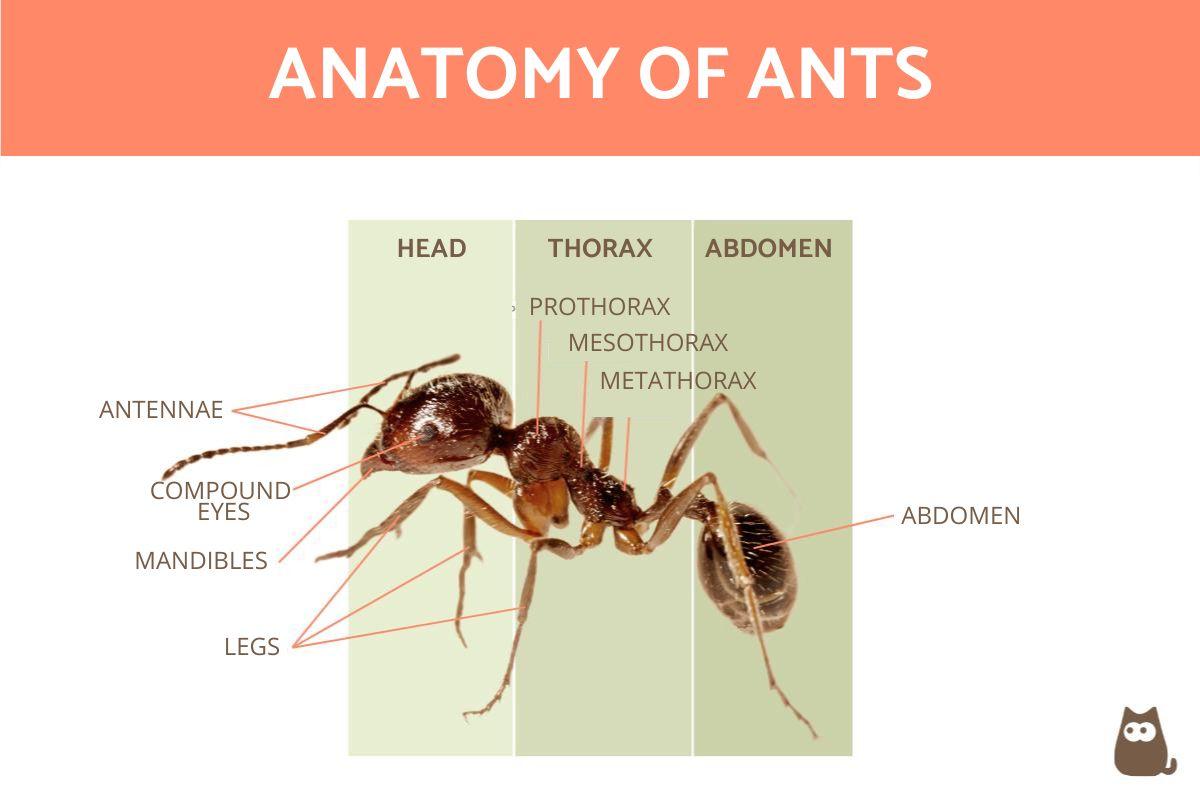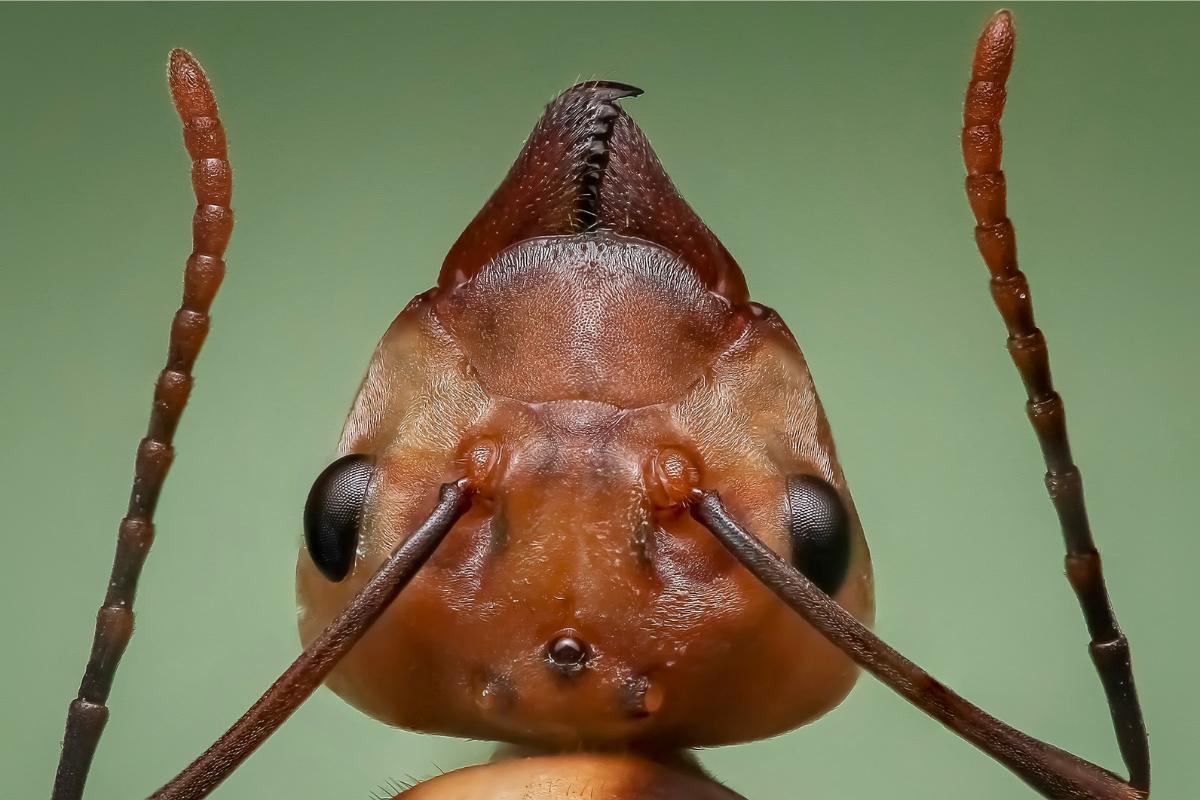Body Parts of an Ant - Ant Anatomy

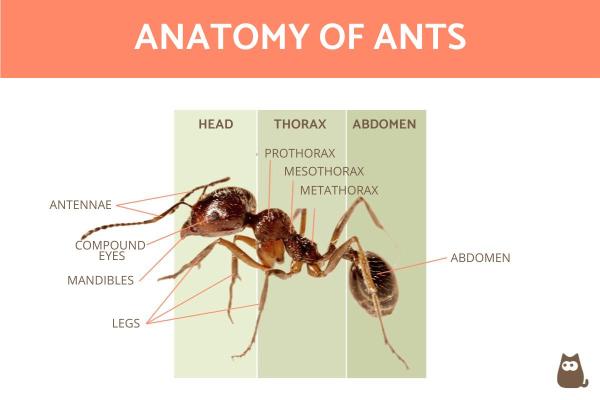
Ants, as industrious and social insects, play a crucial role in ecosystems worldwide. Their impact goes beyond natural habitats, influencing human activities. This article explores ant anatomy, shedding light on the mechanisms driving their behaviors, their roles within colonies, and their overall success as a species.
In this AnimalWised article, we'll dissect the different parts of the ant to better understand their structure and functions.
Head
The head of an ant is a vital component of its anatomy, housing sensory organs and specialized tools crucial for survival. Let's break down the key parts of an ant's head:
Antennae
Noteworthy for their sensitivity, antennae play a pivotal role in perceiving the ant's environment. Moreover, they are essential for detecting pheromones, chemical signals that facilitate communication within the colony. These pheromones, in turn, coordinate various colony activities, including foraging, mating, and constructing shelters.
Eyes
Moving on to another prominent feature, compound eyes provide ants with an expansive view of their surroundings. Composed of numerous small visual units called ommatidia, these function as independent lenses. This multifaceted vision is particularly useful for detecting rapid movements, essential for tasks like hunting, evading predators, and interacting with fellow ants.
Mandibles
Now, let's focus on the lower part of the head, where the mandibles are located. Varying in shape among species, these mandibles are adapted for specific tasks. Worker ants, for instance, utilize their mandibles for cutting leaves, transporting food and materials, defending the colony, and engaging in combat. Some species even possess venom-injecting mandibles, enabling them to capture and immobilize prey.
For a closer look at the structure and function of ant brains, explore this informative piece.
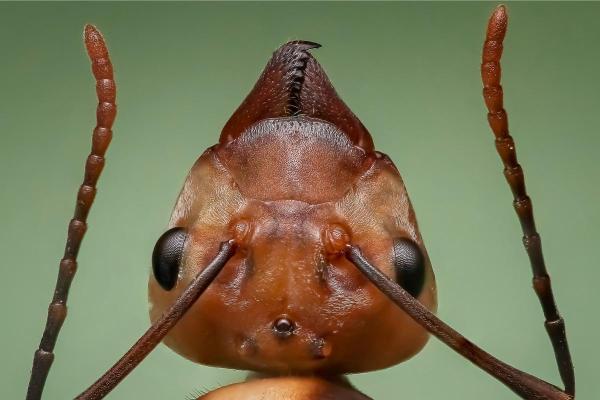
Thorax
The thorax of an ant is a pivotal structure, essential for its overall mobility and daily activities. It consists of three integral segments: the prothorax, mesothorax, and metathorax. Each segment plays a specialized role in governing the ant's movements and engagement in various tasks.
- Prothorax: positioned at the front, serves as a vital linkage between the ant's head and thorax. This segment establishes a foundational connection, facilitating essential movements and actions.
- Mesothorax: central to the thorax, the mesothorax is crucial for supporting the ant's overall locomotion. It enables coordinated movements, contributing to the necessary flexibility for tasks such as foraging, nest construction, and interactions with fellow ants.
- Metathorax: occupying the rear position, the metathorax completes the triad of thoracic segments. It plays a significant role in stabilizing the ant's body during various activities, particularly those requiring balance and precision.
The integration of these three thoracic segments forms a dynamic and efficient structure, allowing the ant to navigate its surroundings seamlessly.
Legs
The legs of an ant are a prominent feature that significantly contributes to its movement and ability to navigate its surroundings. Possessing six articulated legs, ants exhibit remarkable agility on various surfaces. These legs are adeptly adapted for different terrains, allowing ants to explore and forage effectively on both horizontal and vertical surfaces.
Let's delve into the detailed structure of an ant's leg:
- Coxa: is the sturdy and robust segment situated closest to the ant's body. Serving as the leg's base, it provides a stable foundation for the ant's movements.
- Trochanter: positioned between the coxa and femur, the trochanter is a small but crucial segment that enhances joint flexibility, facilitating the ant's range of motion.
- Femur: extending from the trochanter, the femur is a longer and thinner segment, playing a vital role in the ant's overall movement and providing the necessary strength for various activities.
- Tibia: following the femur, the tibia is an important segment that enables leg movement. It allows for both extension and bending, contributing to the ant's adaptability in navigating different terrains.
- Tarsi: the tarsi constitute the terminal segments of the leg and are composed of small units called tarsomeres. Equipped with spines and sensory hairs, these segments aid in surface adherence and facilitate the ant's detection of stimuli in its environment.
- Claw: positioned at the end of the tarsi, the claw is a specialized structure that facilitates gripping and climbing. This adaptation enhances the ant's ability to navigate complex surfaces and engage in various activities.
Wings
Wings are pivotal for certain ant species during specific life stages, notably in reproduction and colony dispersal.
Winged ants, known as "queens" and "males," take flight, featuring two pairs of wings—one in the mesothorax and another in the metathorax. Engaging in nuptial flights, they mate in the air. Post-flight, queens shed wings to become founder ants, initiating new colonies, while males perish after the nuptial flight. This winged phase serves as a crucial reproductive strategy, ensuring the dispersal of genetic material and the establishment of new ant colonies.
To learn more about the life cycle of ants, including their birth, read our informative article.
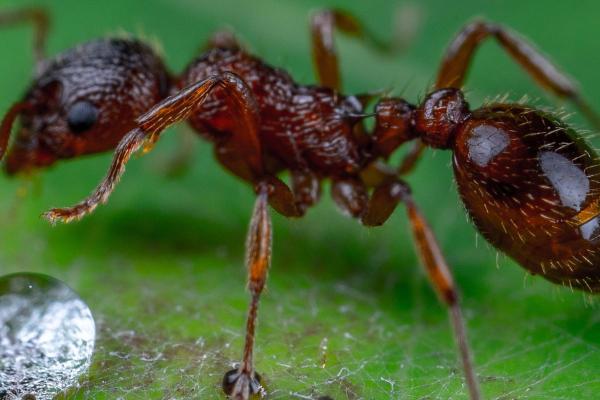
Abdomen
The abdomen is a crucial part of the ant's body, housing vital organs that are essential for its survival within the colony. This rear portion consists of various segments, each containing important components that influence the ant's health and behavior:
- Heart: ants have a tubular heart that circulates hemolymph, their version of blood, throughout their bodies. This heart, although less intricate than that of vertebrates, plays a key role in distributing nutrients and oxygen to all parts of the ant.
- Reproductive organs: in the abdomen, especially in queen ants, reproductive organs are responsible for laying eggs. This process is crucial for the colony's continuation and the overall survival of the ant species.
- Digestive and excretory systems: the abdomen contains the digestive system, which processes the ant's food to extract necessary nutrients and energy. Additionally, the excretory system eliminates waste and toxins, maintaining the ant's overall health.
Stinger and venom glands
One of the defining features of the ant's abdomen is its stinger, a specialized organ connected to venom glands.
While not all ant species possess stingers, for those that do, this adaptation serves as a potent defense mechanism. The stinger allows ants to inject venom into perceived threats or adversaries, effectively deterring predators and defending the colony.
The venom glands, situated within the abdomen, produce substances that can cause irritation, paralysis, or even death in potential threats. This defensive capability underscores the importance of the abdomen in enhancing the ant's survival and the protection of its colony.
Gain a comprehensive understanding of ant life cycles and lifespans by visiting this linked article.
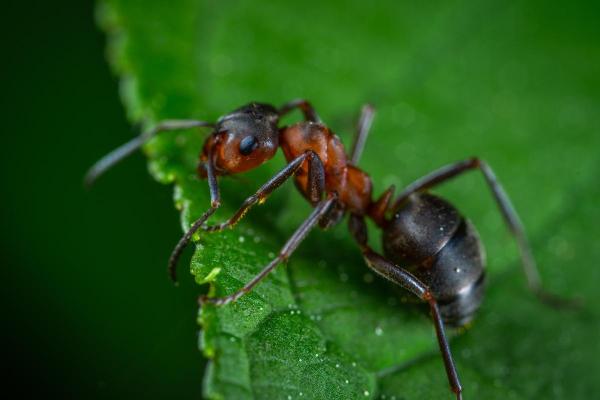
If you want to read similar articles to Body Parts of an Ant - Ant Anatomy, we recommend you visit our Facts about the animal kingdom category.
- Lieberman, Z.E.; Billen, J.; van de Kamp, T.; Boudinot, B.E. (2022). The ant abdomen: The skeletomuscular and soft tissue anatomy of Amblyopone australis workers (Hymenoptera: Formicidae). Journal of Morphology, 283 (6), 693-770.
- Lubbock, J. (1879). On the Anatomy of Ants. Zoological Journal of the Linnean Society , 14(80), 738-739.
- Sparks, S. D. (1941). Surface anatomy of ants. Annals of the Entomological Society of America , 34(3), 572-579.
- Whelden, R. M. (1963). The anatomy of the adult queen and workers of the army ants Eciton burchelli Westwood and Eciton hamatum Fabricus (continued). Journal of the New York Entomological Society, 71 (2), 90-115.





